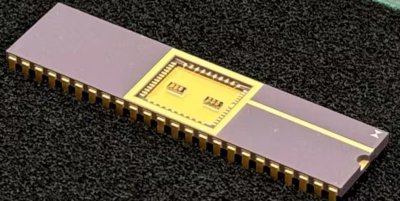New process induces chirality in halide perovskite semiconductors
Researchers at the U.S. Department of Energy’s National Renewable Energy Laboratory (NREL) and the Center for Hybrid Organic Inorganic Semiconductors for Energy (CHOISE), an Energy Frontier Research Center (EFRC), University of Wisconsin-Madison, University of Colorado Boulder, Duke University and University of Utah have discovered a new process to induce chirality in halide perovskite semiconductors, which could open the door to cutting-edge electronic applications.

The development is the latest in a series of advancements made by the team involving the introduction and control of chirality. Chirality refers to a structure that cannot be superimposed on its mirror image, such as a hand, and allows greater control of electrons by directing their spin. The researchers have been able to create a spin-polarized LED using chiral perovskite semiconductor in the absence of extremely low temperatures and a magnetic field, as was previously reported. The newest advance accelerates the materials development process for spin control.

